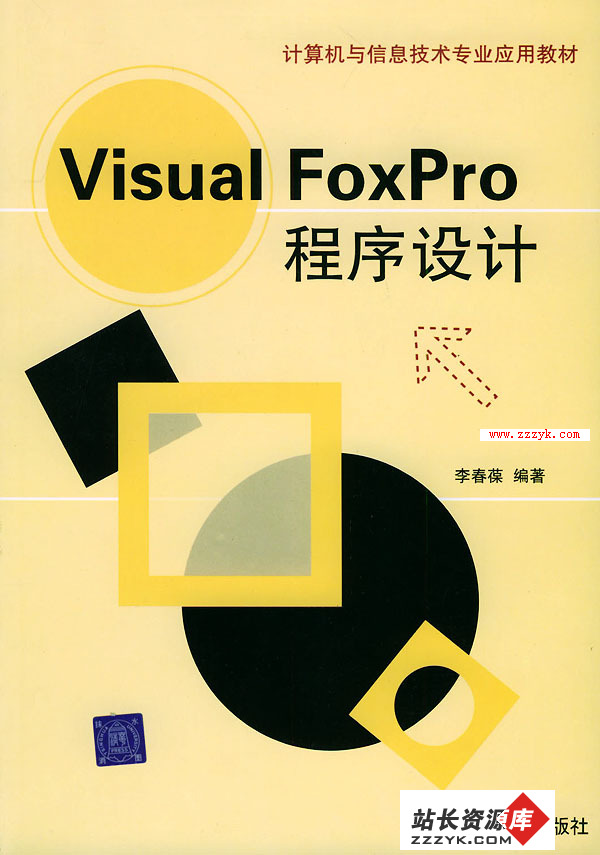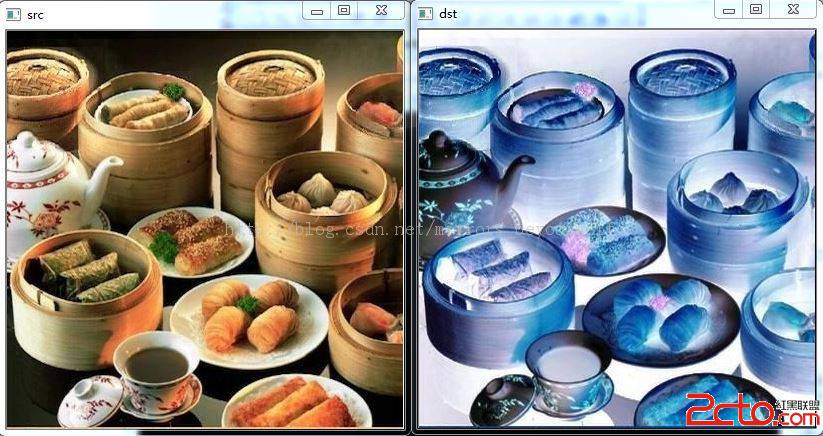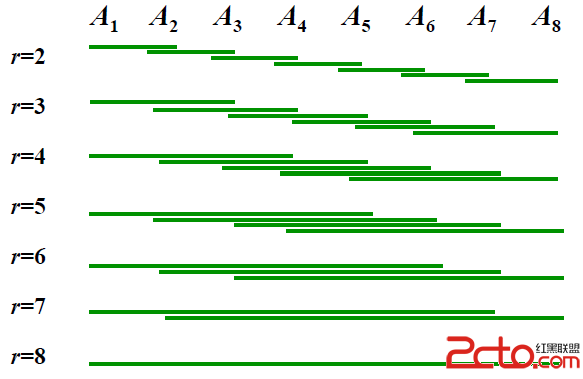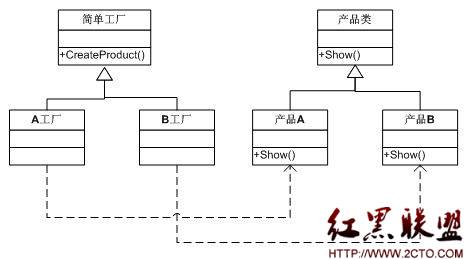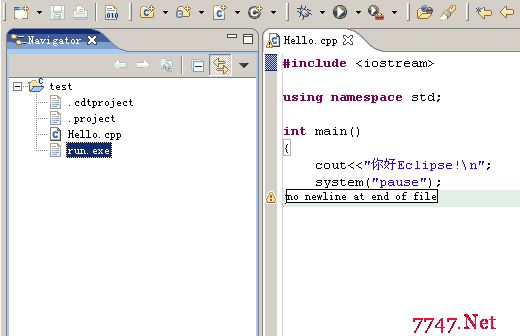Leetcode: Clone Graph
Clone an undirected graph. Each node in the graph contains a label and a list of its neighbors.OJ's undirected graph serialization:
Nodes are labeled uniquely.
We use # as a separator for each node, and , as a separator for node label and each neighbor of the node.
As an example, consider the serialized graph {0,1,2#1,2#2,2}.
The graph has a total of three nodes, and therefore contains three parts as separated by #.
First node is labeled as 0. Connect node 0 to both nodes 1 and 2.
Second node is labeled as 1. Connect node 1 to node 2.
Third node is labeled as 2. Connect node 2 to node 2 (itself), thus forming a self-cycle.
Visually, the graph looks like the following:
1
/ \
/ \
0 --- 2
/ \
\_/
/**
* Definition for undirected graph.
* struct UndirectedGraphNode {
* int label;
* vector<UndirectedGraphNode *> neighbors;
* UndirectedGraphNode(int x) : label(x) {};
* };
*/
class Solution {
public:
UndirectedGraphNode *cloneGraph(UndirectedGraphNode *node) {
// Note: The Solution object is instantiated only once.
if(node == NULL)return NULL;
queue<UndirectedGraphNode*> qu;
qu.push(node);
set<UndirectedGraphNode*> st;
while(!qu.empty())
{
UndirectedGraphNode* curnode = qu.front();
qu.pop();
if(st.find(curnode) != st.end()) continue;
st.insert(curnode);
vector<UndirectedGraphNode *>::iterator it = curnode->neighbors.begin();
while(it != curnode->neighbors.end())
{
qu.push(*it);
it++;
}
}
map<UndirectedGraphNode*, UndirectedGraphNode*> graphmp;
set<UndirectedGraphNode*>::iterator sit = st.begin();
for(;sit!=st.end();sit++)
{
UndirectedGraphNode* tmp = new UndirectedGraphNode((*sit)->label);
graphmp[*sit] = tmp;
}
sit = st.begin();
for(;sit!=st.end();sit++)
{
UndirectedGraphNode* tmp = graphmp[*sit];
vector<UndirectedGraphNode *>::iterator vit = (*sit)->neighbors.begin();
while(vit != (*sit)->neighbors.end())
{
tmp->neighbors.push_back(graphmp[(*vit)]);
vit++;
}
}
return graphmp[node];
}
};
补充:软件开发 , C++ ,